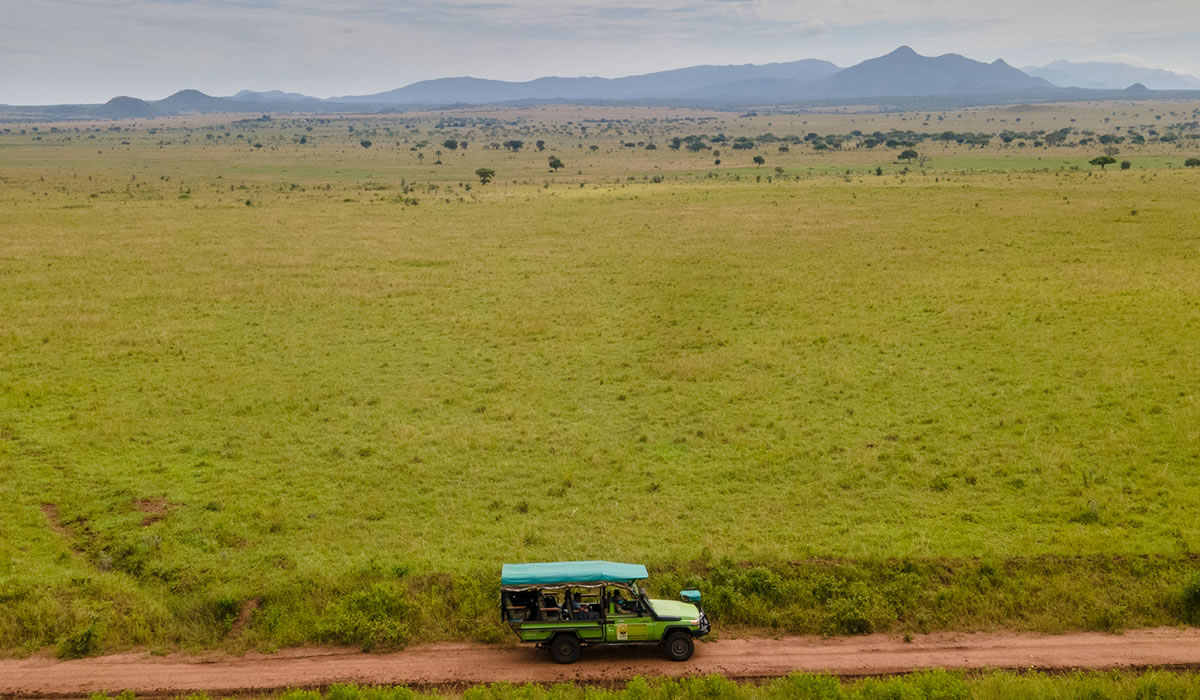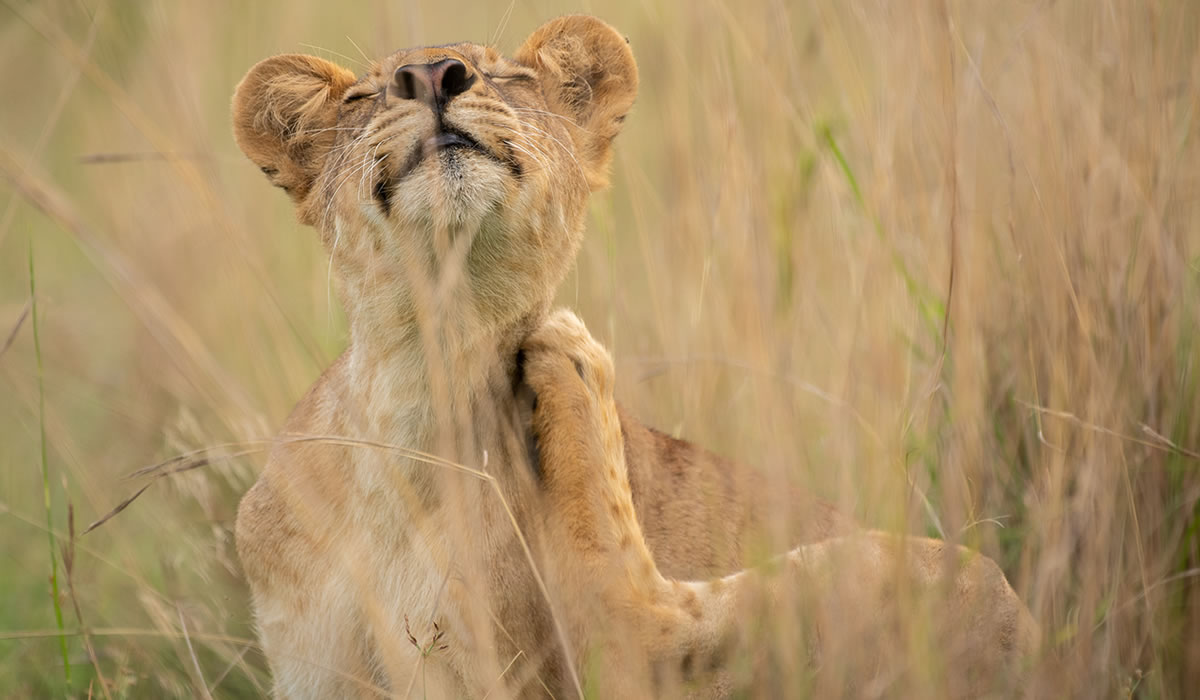When planning a safari or adventure holiday to Uganda, understanding the country’s weather patterns can…

Gorilla trekking in Rwanda is one of the most awe-inspiring wildlife experiences in the world. Nestled in the misty mountains of Volcanoes National Park, this adventure brings you face to face with some of the planet’s most endangered and majestic creatures: the mountain gorillas. As one of the few places on Earth where you can see these great apes in their natural habitat, Rwanda has become a premier destination for travellers seeking an extraordinary wildlife encounter. But before you lace up your hiking boots and venture into the jungle, it’s important to know what to expect on a Rwanda gorilla trekking tour. This comprehensive guide will walk you through everything you need to know, from permits and preparation to the actual trekking experience ensuring you are fully informed and ready for the journey of a lifetime.
Why Choose Rwanda for Gorilla Trekking?
Rwanda offers one of the most accessible, safe, and organised gorilla trekking experiences in Africa. The country’s Volcanoes National Park is home to around one-third of the world’s remaining mountain gorillas, with about 12 habituated families available for tracking. The park is located just a two to three-hour drive from Kigali, the capital city, making it possible to go on a gorilla trek even during a short visit.
Rwanda is known for its strong conservation efforts and high standards of eco-tourism. With well-trained guides, strict conservation protocols, and community involvement, trekking in Rwanda not only provides a life-changing experience for travellers but also directly supports gorilla conservation and local livelihoods.
Obtaining a Gorilla Trekking Permit
One of the most important aspects of planning your Rwanda gorilla trekking tour is securing a gorilla permit. The Rwanda Development Board (RDB) issues these permits, and they are mandatory for all trekkers.
As of now, a gorilla trekking permit in Rwanda costs USD 1500 per person per trek. While this may seem costly, the fee contributes directly to conservation programs and supports local communities around Volcanoes National Park.
Due to high demand and limited daily slots, it’s advisable to book your permit at least 3 to 6 months in advance, especially during peak seasons (June to September and December to February).
Where Does Gorilla Trekking Take Place in Rwanda?
All gorilla trekking in Rwanda takes place in Volcanoes National Park, located in the northern part of the country in the Virunga Mountains. The park spans over 160 square kilometers and includes a lush mix of rainforest, bamboo forests, grasslands, and volcanic terrain.
The park is home to over 10 habituated gorilla groups, meaning they are accustomed to human presence and can be safely visited by tourists. Each group can be visited by a maximum of 8 people per day, for a maximum of one hour.
Popular gorilla groups include Susa, Amahoro, Sabinyo, Kwitonda, and Umubano, each with unique characteristics and ranging from gentle families to larger, more active groups.
The Gorilla Trekking Experience
Briefing and Group Assignment
Your day begins early at the park headquarters in Kinigi, where trekkers are required to arrive by 7:00 AM for a briefing. During the briefing, you’ll learn about gorilla behavior, safety protocols, and conservation efforts. The rangers will also assign you to a gorilla family based on your fitness level and preferences.
The gorilla groups are located at varying altitudes and distances, so some treks are short and easier while others may take 5 or more hours of hiking through dense vegetation and steep terrain. If you have specific physical limitations or preferences, inform the park officials during the briefing.
The Hike
After the briefing, you will be driven to the base of the trail where the actual trekking begins. A team of guides, trackers, and sometimes porters will accompany you. The trek can range from 30 minutes to 6 hours depending on the location of your assigned gorilla group.
The trail can be muddy, steep, and slippery, especially during the rainy season. However, the beautiful surroundings, towering bamboo forests, open clearings, bird calls, and occasional sightings of other wildlife make the hike an unforgettable experience on its own.
Guides are highly knowledgeable about the park’s flora and fauna, and they often share fascinating information along the way.
Meeting the Gorillas
Once your group gets close to the gorilla family, you’ll be required to leave your belongings behind (except your camera) and approach quietly with your guide. From that moment, you’ll have exactly one hour to observe and photograph the gorillas at a safe distance of about 7 meters.
The experience is nothing short of magical. Watching a silverback command his family, young gorillas tumble and play, or a mother cradle her infant is deeply emotional. The gorillas are usually calm and go about their daily routines as you observe, occasionally making eye contact or approaching curiously.
Flash photography is not allowed, and guides will remind you to stay quiet, calm, and respectful throughout the visit.
The Return Hike
After the hour is up, you’ll begin the hike back to the starting point. Many trekkers describe the return hike as easier, mostly because the excitement of the experience lingers. Once back at the trailhead, you’ll receive a gorilla trekking certificate as a keepsake and recognition of your participation in gorilla conservation.
What to Pack and Wear
Rwanda’s mountainous terrain and tropical climate mean that weather can change rapidly, especially in the forest. Packing appropriately will enhance your comfort and safety.
Recommended gear includes:
- Sturdy waterproof hiking boots with good ankle support
- Long-sleeved shirts and long trousers to protect against insects and thorny plants
- Rain jacket or poncho
- Gardening gloves for grabbing onto vegetation
- A small backpack with water, snacks, and camera gear
- Sunscreen and insect repellent
- A walking stick [provided at the trailhead or rented]
- Gaiters to keep mud and insects out of your boots
- Extra batteries for your camera
- A porter to help carry your bag (available for hire at the park)
Physical Fitness and Altitude
While you don’t need to be an athlete to enjoy a gorilla trek, a reasonable level of fitness is necessary. Some gorilla families live at higher altitudes, and the terrain can be steep and uneven. Training in advance with some walking, hiking, or cardio exercise can make your trek more enjoyable.
Altitude sickness is rare but possible, especially for treks above 2,500 meters. Drinking plenty of water and acclimatizing in Rwanda for a day or two before your trek can help.
When to Go Gorilla Trekking in Rwanda
Gorilla trekking in Rwanda is available year-round, but the best time to go is during the dry seasons:
- June to September
- December to February
These months offer clearer trails and better visibility. The wet seasons [March to May and October to November] can be more challenging due to muddy and slippery conditions, but the vegetation is lush, and crowds are fewer.
Permits are available every day, regardless of the season, but dry months tend to book up quickly.
Conservation and Community Impact
Every Rwanda gorilla trekking permit directly supports conservation. A significant portion of the USD 1500 fee goes to the Rwanda Development Board, which funds park protection, anti-poaching units, veterinary care, and gorilla monitoring programs.
Additionally, 10 percent of permit revenue is shared with local communities to build schools, clinics, roads, and clean water systems. This approach has helped transform gorilla tourism into a powerful tool for both wildlife conservation and poverty reduction.
Other Activities Around Volcanoes National Park
While gorilla trekking is the main draw, there are plenty of other experiences to enjoy around Volcanoes National Park:
- Golden monkey tracking: A fun and less strenuous trek to see these playful primates.
- Mount Bisoke hike: A challenging day hike to a crater lake at the summit.
- Visit Dian Fossey’s grave: A trek to the Karisoke Research Center.
- Iby’Iwacu Cultural Village: Learn about Rwandan traditions, dance, and local life.
Combining gorilla trekking with other activities adds depth to your Rwanda travel experience.
A Rwanda gorilla trekking tour is more than just a wildlife excursion. It is a deeply moving encounter that stays with you forever. From the thrill of the hike to the wonder of watching a gorilla family in the wild, the experience is worth every step, every dollar, and every moment.
With Rwanda’s commitment to conservation, exceptional park management, and the breathtaking setting of Volcanoes National Park, it’s easy to see why so many travellers consider gorilla trekking here to be the highlight of their African adventure.



